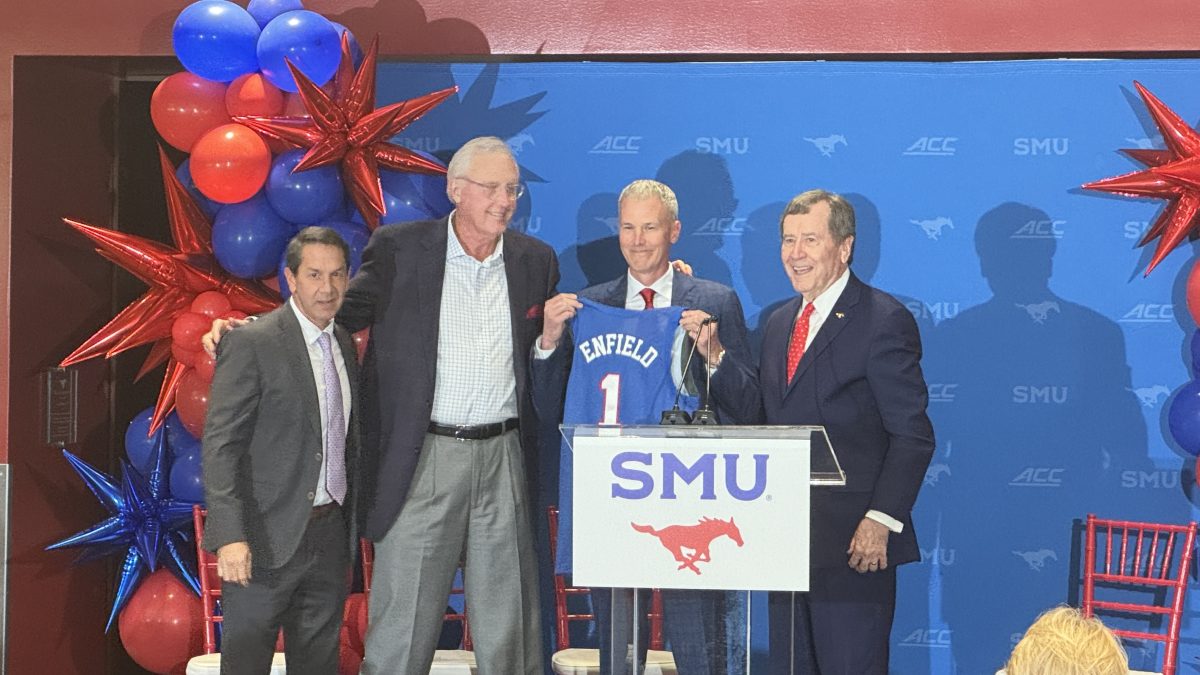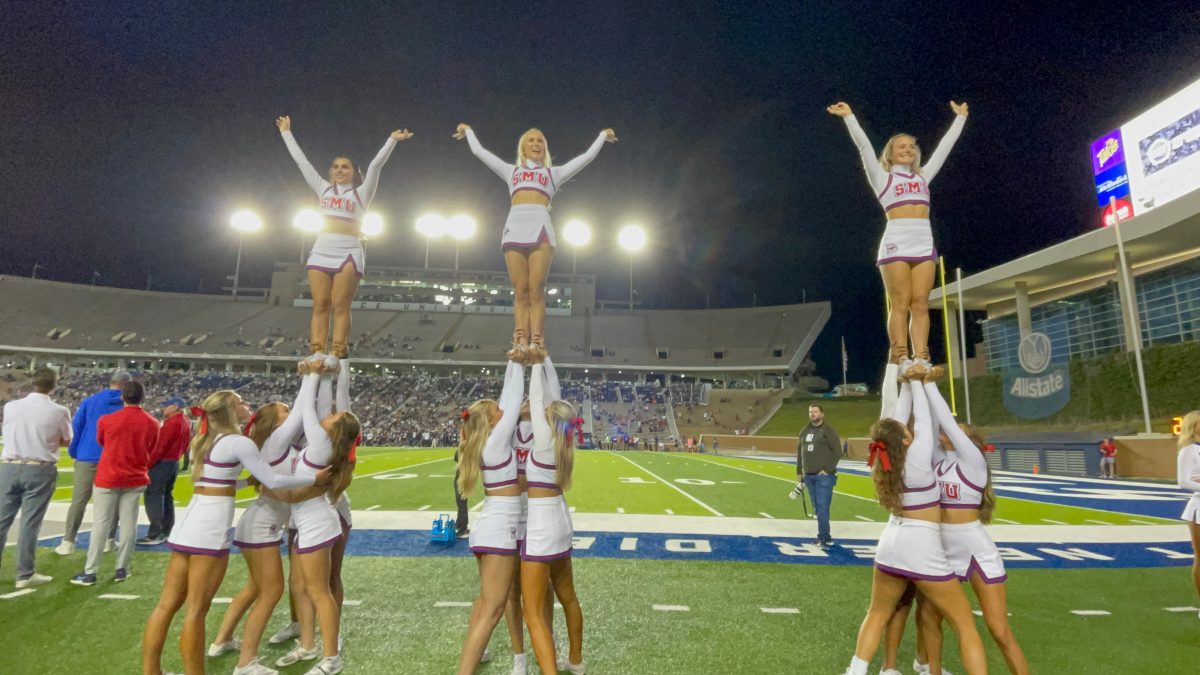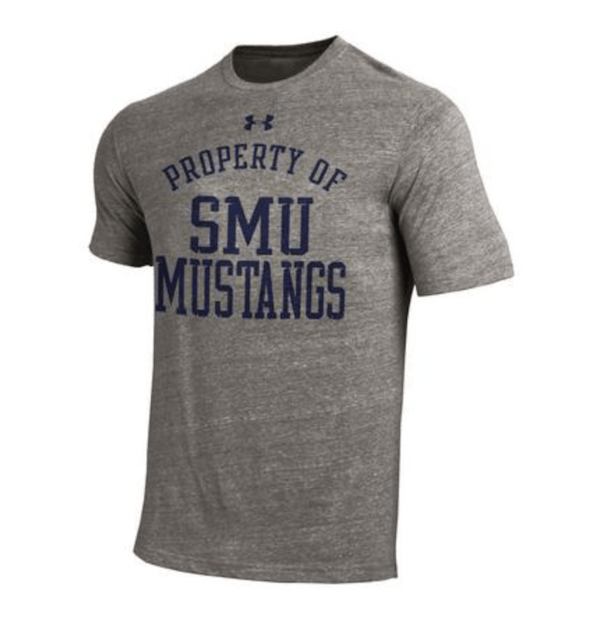
Basketball runs in Harry Froling’s blood.
At nearly seven feet tall, the Australian native has been playing basketball since he was five years old. Both of his parents played basketball in Australian leagues, and his two sisters have played for the SMU women’s basketball team.
Froling is one of two Australian freshmen on the SMU men’s basketball team.
But it has not been an easy transition from Australia to America, especially as a freshman student-athlete.
“It’s a lot harder than it seems to go to college,” said Froling. “It’s a big adjustment.”
NCAA Division I rules and regulations compliance is one of the biggest adjustments for college athletes. Athletes, coaches, and staff are required to follow NCAA rules in order to stay eligible and compete.
Kyle Conder, the Senior Associate Athletics Director for Compliance, oversees rules education and monitoring for NCAA teams at SMU. He is there from the beginning of a student-athlete’s career, starting by giving an overview to all recruits and their families about NCAA compliance.
“It is important to start rules education early. There is a bylaw in the rulebook for people who used to model before they became college athletes,” said Conder with a laugh. “There is a five-part test that goes along with it. If you can imagine it, the NCAA has a rule for it.”
Senior Julia Fowler, who competed on the SMU equestrian team for four seasons, was surprised by the number of forms that student-athletes are required to fill out before competing. The forms include NCAA requirements and SMU requirements for eligibility.
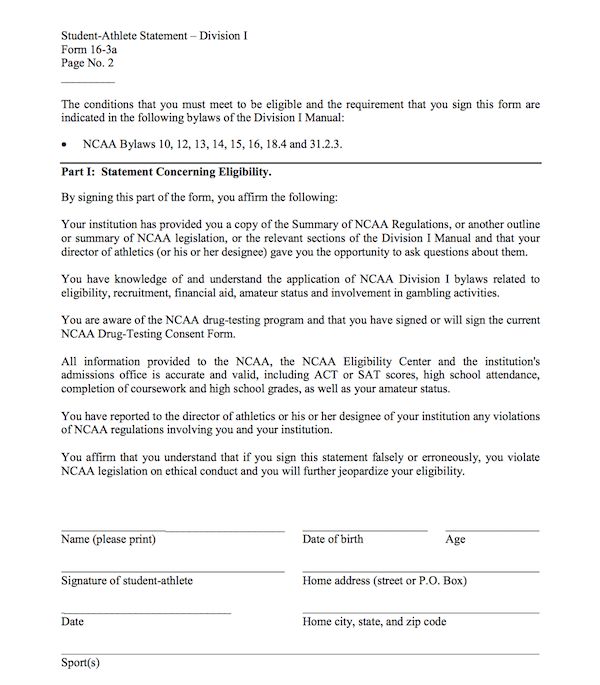
“Before the first day of practice, you have to sign dozens of forms,” said Fowler. “You’re supposed to read through all of them, but I’m not sure I ever did.”
On some forms, athletes provide their social media handles, their local address, their license plate number, and other information.
“Student-athletes disclose a lot of personal information to us,” said Conder. “In the long run, it benefits safety and eligibility. It also establishes a great level of trust. It’s a candid environment.”
Conder and the compliance staff hold meetings with each SMU team to educate about different NCAA rules in the most simplified and impactful ways possible. Conder focuses on relevant situations and the issues that universities face nationally.
Social media regulation is a hot topic for athletes at both the professional and collegiate levels. As Twitter and Snapchat grow in popularity, athletes must be conscious of what they post and who they engage with.
“I have to be extremely careful about social media now,” said Froling. “If you are contacted by an agent or offered a gift, there are rules about it.”
Signed ✍🏼, Sealed ✉️ & Delivered 📬!! I'm officially ready to #ponyup 🐎⬆️ Hope you guys are ready for this season!!! pic.twitter.com/hh1oSZdzMc
— Harry Froling (@HarryFroling) May 2, 2016
But NCAA compliance does not only affect revenue-generating sports.
Former SMU women’s soccer player Gabby Petrucelli has played soccer since she was four years old, and her dad has coached college soccer since 1986. She had to adjust to a much more demanding schedule at SMU.
“I had a leg up because of my dad, but college was still a huge transition,” said Petrucelli, who graduated in 2016 but is still on campus studying to get a master’s degree in accounting. “I had to shift my focus to soccer being my full-time job. My life revolved around it.”
Prior to committing to SMU, Froling played for state teams and the Australian national team and competed in the Nike Hoop Summit. At SMU, Froling has had to focus on excelling in both basketball and his classes.
“Here it’s really important to do your best and to stay eligible,” said Froling. “Practice is harder, classes are harder, and the food is really different.”
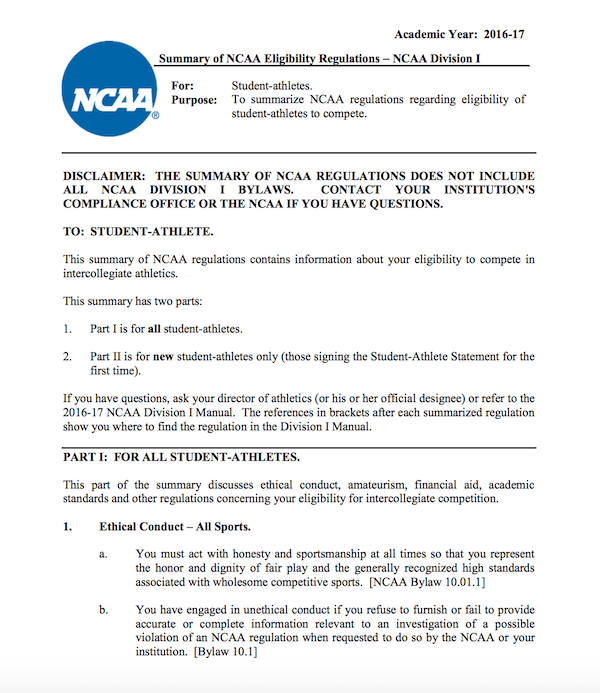
And ultimately, despite the adjustments and transitions, athletes continue to love their sport and their school.
“Soccer let me be part of something bigger than just me,” said Petrucelli. “We were representing SMU, and that’s something not a lot of people get to do. I wouldn’t want any other job.”








